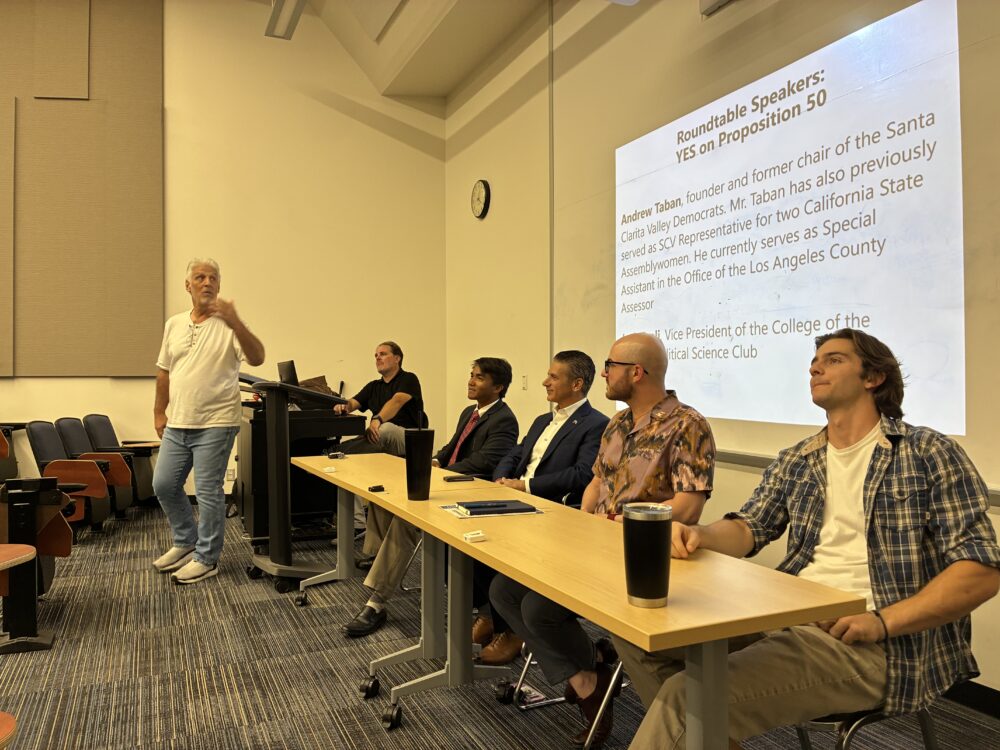Copyright news18

Following a series of incidents involving contaminated cough syrups, India’s apex health regulatory body has launched a digital monitoring system to oversee the production, movement, and quality of high-risk ingredients used in making these formulations, News18 has learnt. The move, taken by the Central Drugs Standard Control Organisation (CDSCO)—communicated through a circular issued to all state and union territory drug controllers—directs regulators and manufacturers to use the Online National Drug Licensing System (ONDLS) portal for real-time monitoring of solvent batches. The communication, dated October 22, seen by News18, mentions that the decision follows recent incidents of DEG contamination in syrups, which have raised serious safety concerns. 10 high-risk solvents According to the document issued by the Central Drugs Standard Control Organisation (CDSCO), a list of 10 high-risk solvents has been identified, which includes glycerin, propylene glycol, sorbitol, maltitol, and ethyl alcohol—as key ingredients often used in syrups and other liquid medicines. Signed by Dr Rajeev Singh Raghuvanshi, Drugs Controller General of India (DCGI), the document refers to a high-level meeting chaired by the union health secretary on October 5, where senior officials reviewed drug quality compliance and the rational use of cough syrups, especially in paediatric formulations. The CDSCO had earlier asked all state regulators to ensure mandatory testing before the manufacture and release of any batch of cough syrups. The latest move comes barely weeks after the deaths of several children in Madhya Pradesh were linked to allegedly contaminated cough syrups found to contain higher than permissible levels of diethylene glycol. Following the incident, the World Health Organization (WHO) issued a medical alert warning that the untracked distribution of such syrups through informal or localised channels could pose a risk to health. How will the new system work? Under the new digital system, the document said, it is meant to institutionalise that oversight and close gaps in the monitoring of raw materials. “It has been decided that a Digital Monitoring System on the ONDLS portal needs to be established for monitoring the supply chain as well as quality of the high-risk solvents including the propylene glycol. Accordingly, the ONDLS portal has been upgraded and made live by this directorate for addressing this issue,” it says. Now, all pharma-grade solvent manufacturers are required to obtain manufacturing licences through the ONDLS portal and upload real-time information about every batch produced. Those already holding valid licences have been instructed to register under the “old licence management” module. Each batch entry must include specific details such as the batch number, quantity, certificate of analysis (CoA), and particulars of the buyer or vendor to whom the solvent is supplied. State regulators have been told to ensure that no batch reaches the market unless all such information is digitally submitted and verified on the portal. The document says, “You are requested to direct all the manufacturers of pharma-grade solvents to obtain a manufacturing licence through the ONDLS portal. In case the manufacturer already holds the manufacturing licence, he must register on the ONDLS portal and submit the data…” The CDSCO has directed state drug controllers to sensitise manufacturers through circulars, on-site inspections, and training sessions, and to coordinate with the concerned zonal offices for strict compliance. An annexure attached to the circular lists ten solvents now categorised as “high-risk” under the new monitoring system. These include glycerin, propylene glycol, maltitol, sorbitol, hydrogenated starch hydrolysate, polyethylene glycol with molecular weight below 1000, diethylene glycol stearates, and more. The regulator said the move is intended to ensure end-to-end traceability of solvent manufacturing and distribution, given that poor-quality or industrial-grade substitutes have previously entered the pharmaceutical supply chain, leading to toxicity and fatalities.



